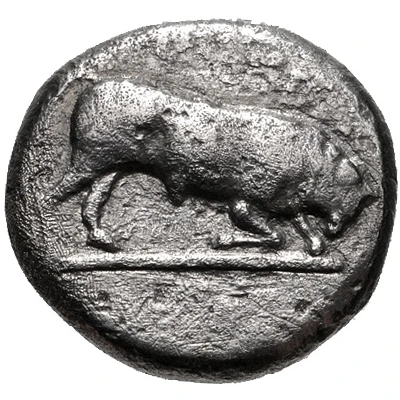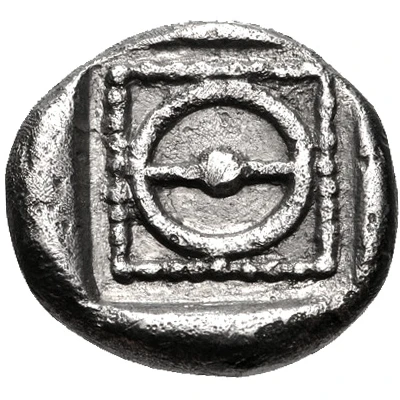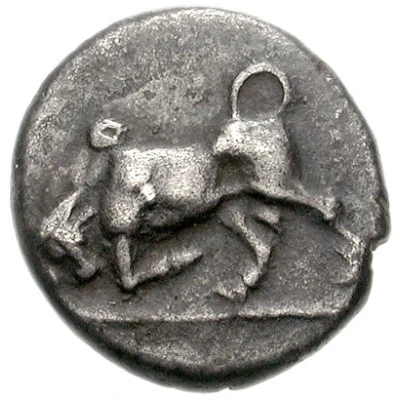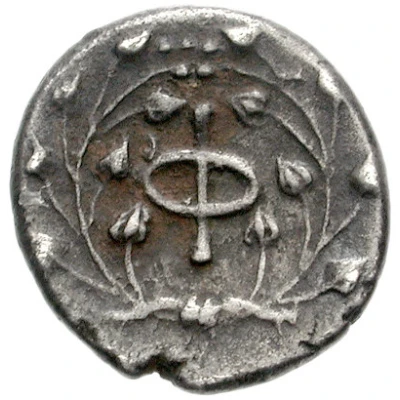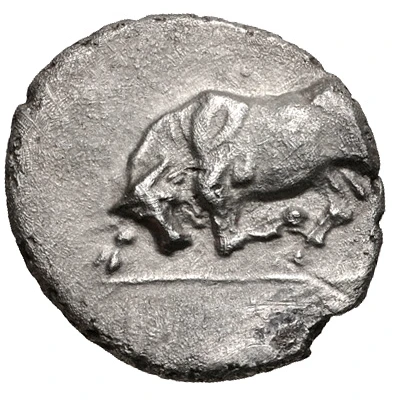
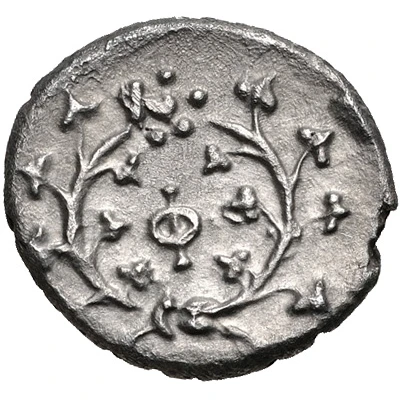

© Classical Numismatic Group, Inc.
Hemidrachm 280 BC - 270 BC
| Silver | 2.38 g | 14.5 mm |
| Issuer | Phlious (Phliasia) |
|---|---|
| Type | Standard circulation coin |
| Years | 280 BC - 270 BC |
| Value | Hemidrachm (½) |
| Currency | Drachm |
| Composition | Silver |
| Weight | 2.38 g |
| Diameter | 14.5 mm |
| Shape | Round (irregular) |
| Technique | Hammered |
| Demonetized | Yes |
| Updated | 2024-10-10 |
| Numista | N#143559 |
|---|---|
| Rarity index | 100% |
Reverse
Large Φ within ivy wreath with rosette of seven berries
Script: Greek
Interesting fact
The Hemidrachm coin from Phlious (Phliasia) was used as a form of currency in ancient Greece during the 3rd century BC. The coin features an image of a mythical creature called a "sphinx" on one side, and an image of the goddess Athena on the other. The sphinx was a creature with the body of a lion and the head of a woman, and was associated with wisdom and strength. The image of Athena, the goddess of wisdom and war, was also a symbol of the city of Phlious. The coin's design was meant to convey the city's values and beliefs, and it was used as a way to promote trade and commerce in the region.
